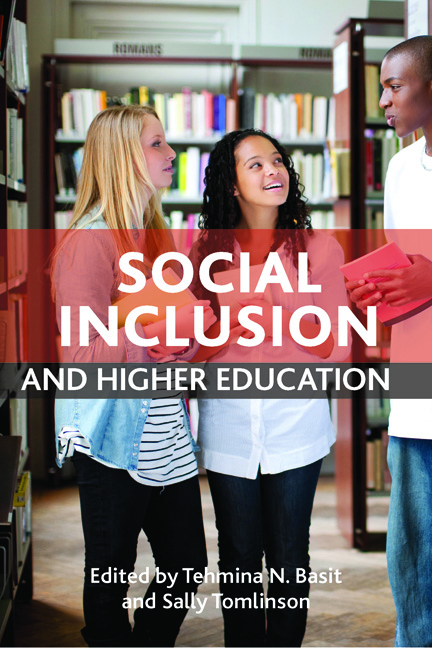three - Broadening participation among women and racial/ethnic minorities in science, technology, engineering and maths
Published online by Cambridge University Press: 01 September 2022
Summary
Introduction
Increasing the number of women and members of minority racial/ethnic groups in science, technology, engineering and maths (STEM)-related fields in higher education, and in the STEM workforce, is a compelling national interest in the US. Although college enrolment rates among undergraduates, including women and racially diverse students, have increased significantly over the last 30 years – from 11 million in 1976 to over 18 million in 2006 – STEM degree completion rates are marked by large, persistent gender and racialised disparities. For instance, women earn 75% of all bachelor's degrees in psychology, yet only 21% of those in engineering and computer science (US Department of Education, 2007). Similarly, only 24% of under-represented minority ethnic groups earn a degree in STEM fields within six years of initial enrolment compared to 40% of white students. Gender and racial gaps may be the consequence of barriers students face in the educational or STEM pipeline, which has also been referred to as ‘pathways’ to and through college.
In this chapter, we discuss the importance of diversity and inclusion in STEM, identify challenges that women and minority ethnic groups face in these fields, and outline several strategies that prove effective in broadening participation among women and minority ethnic groups in STEM. Recommendations for conducting future research, improving practice and formulating higher education policy are provided.
Barriers to women students’ participation in STEM
Despite several decades of research devoted to increasing women's participation in STEM fields, sizeable gaps between the sexes remain. Statistics obtained from the National Science Foundation (NSF) paint an alarming portrait of a leaky pipeline for women in STEM. While 51% of all bachelor's degrees in science and engineering are earned by women, they comprise only 45% of master's degrees and 39% of doctorates in STEM fields. In contrast, women earn 61% of bachelor's degrees, 63% of master's degrees and 58% of doctorates in non-STEM fields such as the humanities and social sciences (NSF et al., 2006). The next section identifies three barriers that have been shown to limit the number of women in STEM fields: lack of interest in and exposure to technical careers, stereotypical gender roles, and the limited number of women role models and mentors.
- Type
- Chapter
- Information
- Social Inclusion and Higher Education , pp. 65 - 82Publisher: Bristol University PressPrint publication year: 2012



